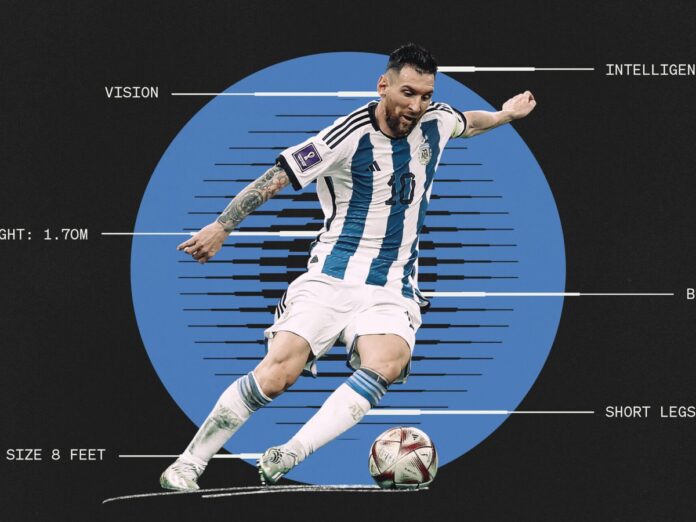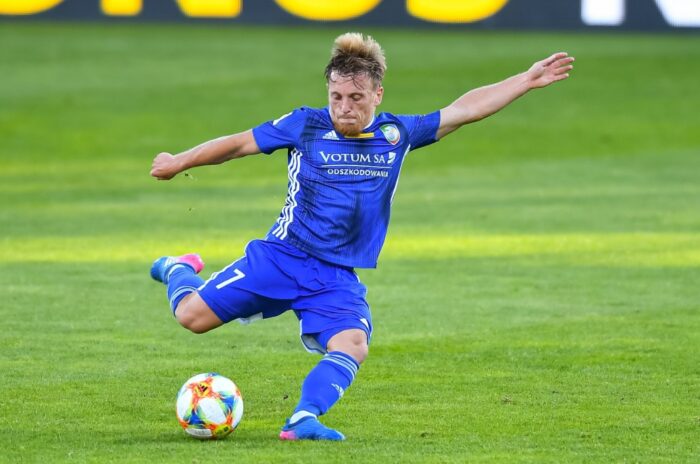
The world of professional soccer is a realm where talent, skill, and physical prowess converge to create the perfect blend of athleticism.
Amidst the dazzling displays on the field, one question often arises: how crucial is height in the realm of professional soccer?
Do towering figures inherently hold an advantage, or can shorter players maneuver through the ranks with equal finesse?
The Shortest Soccer Player’s Stature

Marcin Garuch, standing at a mere 5 feet, emerges as the epitome of how height isn’t the sole determinant of success on the soccer pitch. His story serves as a reminder that skill, agility, and strategic play can triumph over the physical stature traditionally associated with the sport.
While Garuch may be the shortest soccer player globally, his impact transcends his height. His career in Polish leagues exemplifies that success is not confined to those who tower over the field. Instead, his ability to outplay and maneuver around taller opponents showcases the dynamic nature of soccer, where intelligence and skill can compensate for a lack of height.
Redefining the Notion of Height Advantage
The focus on height has been a longstanding tradition. Taller players were often seen as having a natural advantage in aerial duels, be it defending set-pieces or converting them into goals. However, the evolving nature of the game has begun to challenge this conventional wisdom.
Players like Lionel Messi, standing at 5 feet 7 inches, have shattered the preconceived notions surrounding height requirements. Messi’s incredible success with Barcelona and Paris Saint-Germain serves as a testament to the fact that exceptional skill, speed, and ball control can compensate for a perceived lack of height.
His ability to navigate through defenses with unparalleled precision showcases that, in modern soccer, the traditional advantages associated with height are being redefined.
Evolving Modern Soccer

As the sport evolves, so too do the criteria for success. While height can still play a role, clubs are increasingly recognizing the value of diverse skill sets. The focus is shifting towards a player’s ability to read the game, execute precise passes, and outmaneuver opponents, irrespective of their height.
Scouts and coaches now seek players who bring a unique blend of attributes to the table. The emphasis is not solely on towering figures dominating the field but rather on a diverse range of talents that can collectively contribute to a team’s success.
This paradigm shift challenges aspiring soccer players to focus on developing a well-rounded skill set that goes beyond physical stature.
In Conclusion
The question of how tall is tall enough in professional soccer doesn’t have a one-size-fits-all answer. The stories of players like Marcin Garuch and Lionel Messi illustrate that success in soccer is not exclusively reserved for those who meet certain height criteria.
Instead, it is about embracing diversity, recognizing the unique strengths that each player brings to the game, and understanding that height is just one factor among many. Aspiring soccer players should draw inspiration from the shortest soccer player’s journey and understand that their path to success lies in developing a holistic skill set.








